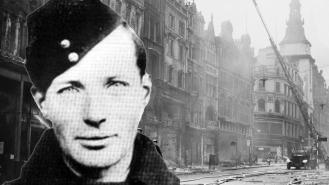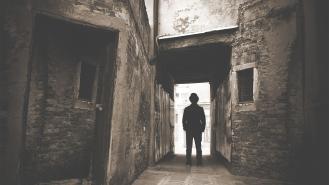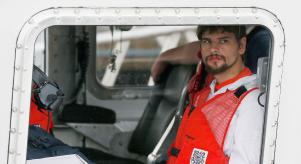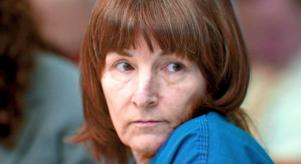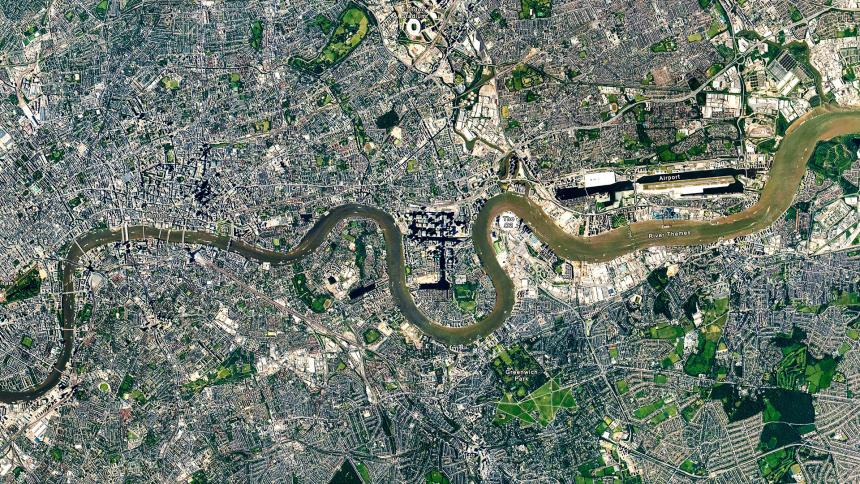
The Thames Torso Murders
Were these murders the work of Jack The Ripper? Or was there another serial killer walking the streets of London in the 1880s?
On the morning of the 5th of September 1873 a Thames policeman found the left side of a woman’s torso in some mud off Battersea waterworks. The right side of a female torso was found floating in the water off Brunswick Wharf the next day. The tattered remains of a set of lungs, the flesh and skin of a face, still attached to a scalp, a right thigh, and a right shoulder with part of an arm were all discovered in subsequent weeks. This was how the first known victim of what came to be known as the Thames Torso Murders was discovered. The body had been taken apart with some degree of surgical skill, and at first some believed it was a gruesome prank pulled by medical students.
Police surgeon Dr. Kemspter re-assembled the body parts as best he could and made some approximations of the victim's age, living appearance, and even manor of death, which he took to be a blow to the head. A reward of £200 for information about the woman's murder was offered; but no-one came forward to claim it. On the 21st of September the body of this unidentified victim was laid to rest in Battersea Cemetery. Though other body parts were recovered from the river Thames in the interim, her hands and skull were never found. In June the following year, the partly decomposed remains of a woman's body were found floating on the River Thames, near Putney. Again the victim could not be identified, and again the killer went unfound and unpunished. However, to the relief of the general public, it seemed that the killer did not strike a third time - that is, not until more than a decade later.
In the May of 1887, in the Thames River Valley village of Rainham, workers pulled a bundle containing a female torso from the river. Throughout May and June, more remains of the same victim showed up in various parts of London – until a complete body, minus head and upper chest, was reconstructed by a police surgeon once again. The opinion of medical experts was that the body had been dissected with some skill and precision. The pattern seemed to be repeating.
In August 1888 the Ripper murders began in Whitechapel, and while on the hunt for this newest, and soon to be infamous serial killer, another torso was discovered on the building site where New Scotland Yard was being constructed. Once again it was agreed that there was a degree of skill in the dismemberment. Dr. Charles Hibbert, who examined one of the arms, stated that, "I thought the arm was cut off by a person who, while he was not necessarily an anatomist, certainly knew what he was doing-who knew where the joints were and cut them pretty regularly".
The Thames Torso Murders seemed either to abate, or else be overlooked, during the height of the Ripper's reign in blood but, as press interest in Jack subsided more torsos turned up. Another torso was fished out of the Thames at Horselydown on June 4th 1889, part of a female torso was fished out of the Thames at Horselydown, a left leg found under the Albert-bridge, Chelsea. The river gave up more pieces of the grisly puzzle over the following days. At the inquest on June 17th it was stated that, "the division of the parts showed skill and design: not, however, the anatomical skill of a surgeon, but the practical knowledge of a butcher or a knacker. There was a great similarity between the condition, as regarded cutting up, of the remains and that of those found at Rainham, and at the new police building on the Thames Embankment".
Though, as with all the other torso murders, the victim's head was never found, she was identified as Elizabeth Jackson of Chelsea. Even so, no evidence ever came to light as to exactly how she died or who her murderer was.
In July 1889 it seemed for a short time that Jack the Ripper was back at his horrific work. Prostitute Alice McKenzie was found murdered in Castle Alley in the heart of Whitechapel. One of the examining pathologists, Thomas Bond, believed the Ripper responsible, but his colleague George Bagster Phillips, who had examined the bodies of three previous Ripper victims, disagreed.
Soon after, on the 10th of September, came the discovery of "The Pinchin Street" torso, once again in Whitechapel. Though this crime – another headless woman, this time beneath a railway arch – was initially linked to Alice McKenzie's murder with the same detectives working the case, it soon became apparent that it had more in common with the Thames murders than the Ripper's.
